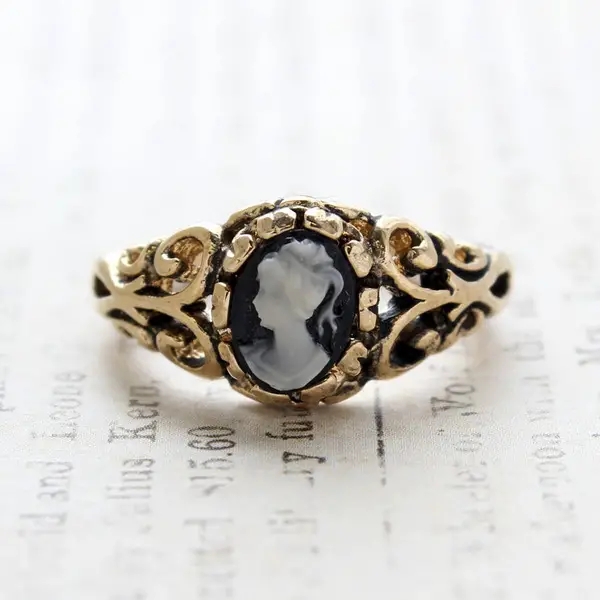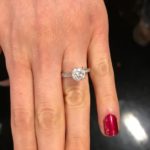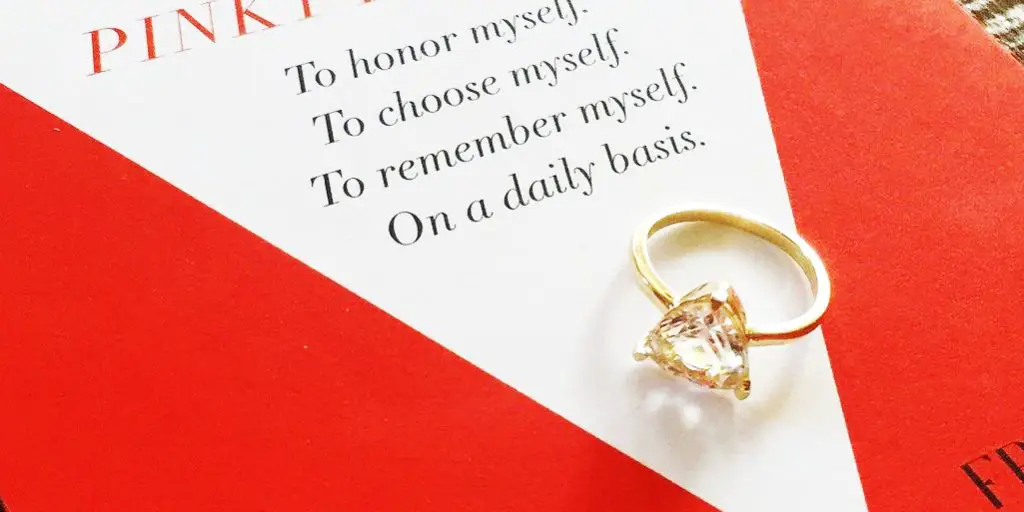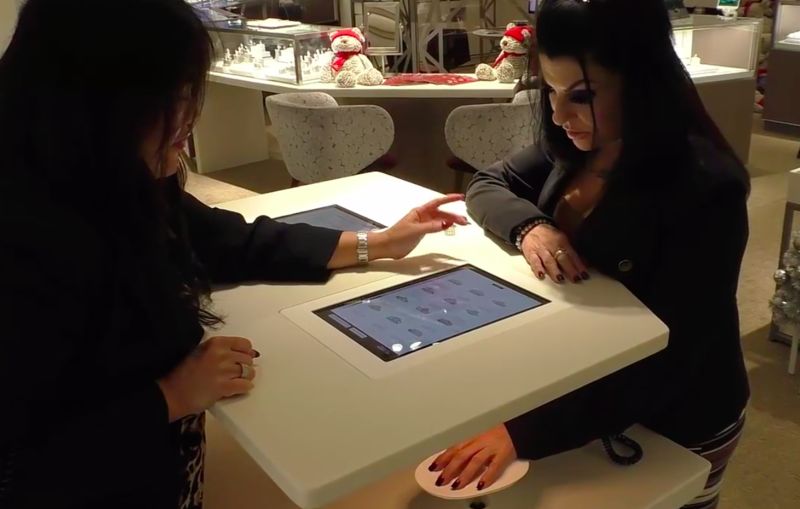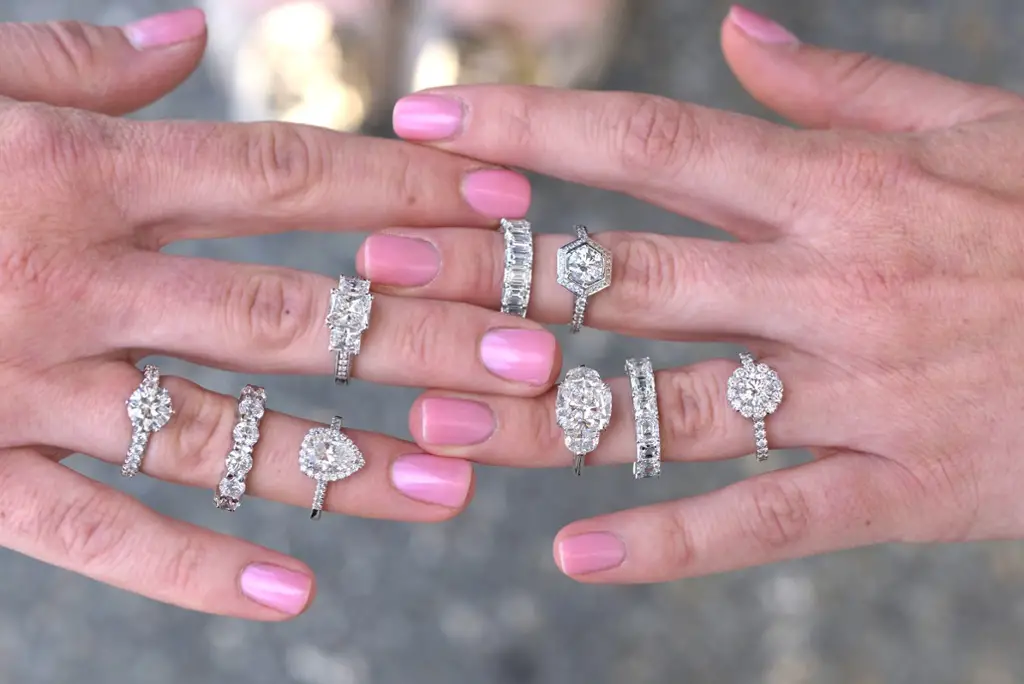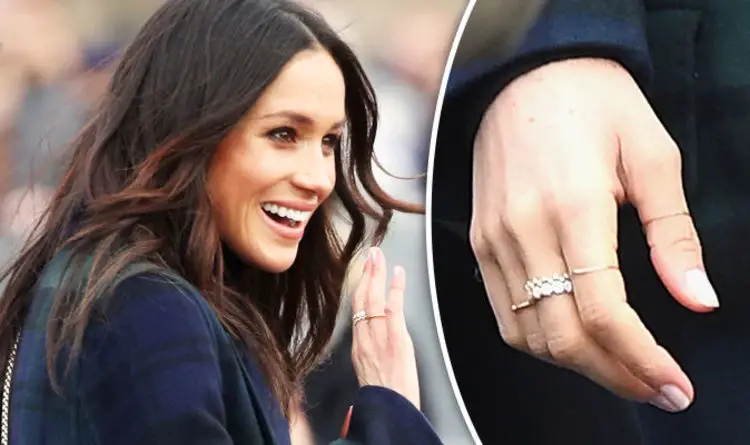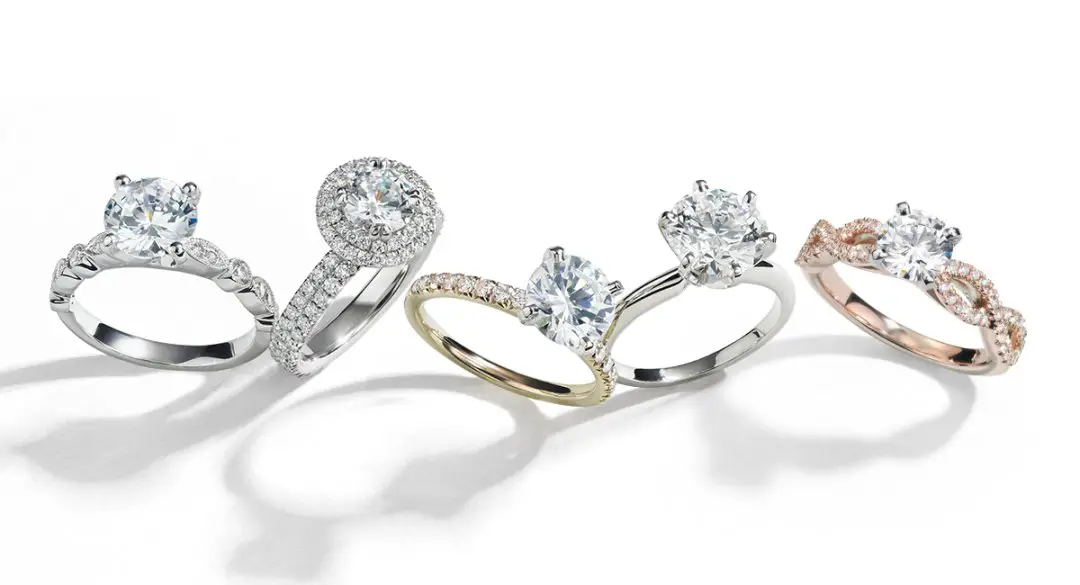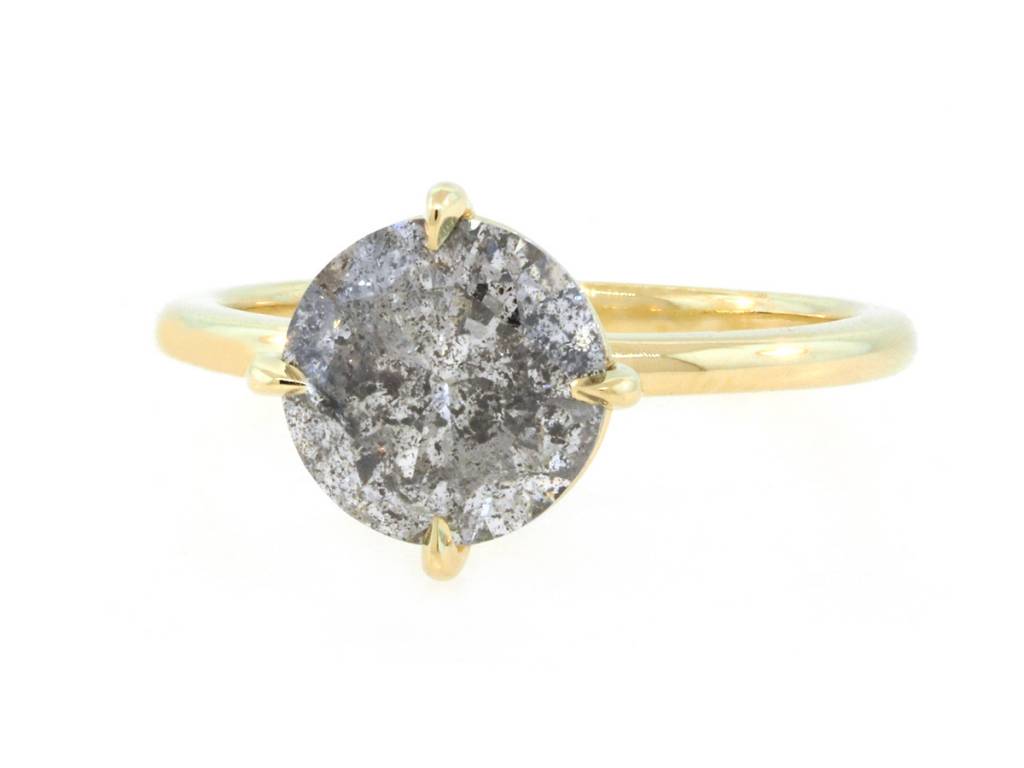When it comes to hunting down emerging engagement ring trends, our first ports of call are Instagram and Pinterest. A treasure trove of what new brides are thinking and a direct insight into styles they like and dislike, it has yet to steer us wrong. Lately however, we’ve been seeing a new trend that we’re honestly not too sure about… cameo rings.
What the heck is a cameo ring, we hear you ask? Allow us to explain. A cameo is a small scene or figure carved in relief (i.e. raised from the surface). It has origins way back in petroglyphs – figures carved into rock – which began to appear around 15000 BC. The first ‘official’ cameo however appeared much later, between 300 and 6 BC in Alexandria, Egypt. They were used to declare faith, loyalty, or other admirable morals and were carved into hard stones like agate and later gemstones, coral and even lava or shells.
By the Elizabethan and Victorian eras, cameo carvings had become a common fashion accessory and were set into any and every kind of jewellery. The most popular were rings, brooches, earrings, and watch fobs. They were worn by women and men as symbols of status. If you had a cameo carved from lava or shell for example, it was clear that you were well travelled and thus very wealthy. Napoleon and Queen Victoria are just two famous historical figures who were fans of cameo jewellery. Much more recently, Vanessa Hudgens of High School Musical fame has been spotted wearing one regularly… possibly as an engagement ring.
We’ve seen a noticeable spike in this antique style over the past couple of months. For brides on the hunt for a truly unique and truly non-traditional engagement ring (i.e. not a diamond solitaire), it could be the new big thing. With that in mind, here’s what you should know about cameo rings:
- Genuine cameo rings are all antiques. They’re carved by hand, extremely delicate and since there are plenty of cameo collectors around, they’re also in high demand (especially shell and lava carved cameos). Guess what that means? The real deal can be pretty expensive.
- The opposite of a cameo is called an intaglio. This looks just like a cameo but instead of being carved in relief, the design is carved below the surface instead. They’re just as beautiful, but not as popular and arguably more difficult to find. More depressions means more places for dirt to get lodged, too.
- The most rare cameo rings are usually conch shell carvings dating from the 1800s. Even rarer still are ancient cameos carved from gemstones. The latter usually originate from Roman times and are made from onyx or sardonyx. They’re so rare and valuable that only the most esteemed collectors get their hands on them.
- Cameos depicting scenes tend to be more valuable than those depicting single figures or busts, because of the higher level of detail. Common themes for scenes include mythology, the Three Graces, or ancient historical events.
- For slightly more affordable (but still authentic) cameos, look for porcelain. Even still, a genuine antique cameo ring of high quality could easily cost you $10,000 and upwards. Cheap, fake versions are usually crafted from resin, glass or plastic.They’ll also be smooth and flawless – the real deal will have small, natural scuff marks as a result of their hand-made quality.
- Genuine cameo jewellery requires a little extra maintenance. It should be stored wrapped in a soft cloth, separate to other jewellery that may scratch its surface. Wash it lightly with warm soapy water only, and don’t leave it sitting in water. Because cameo jewellery is prone to drying out and cracking, brush it occasionally with a light layer of mineral oil (not vegetable, olive or sunflower oil) and then wipe it off with a dry cloth.
